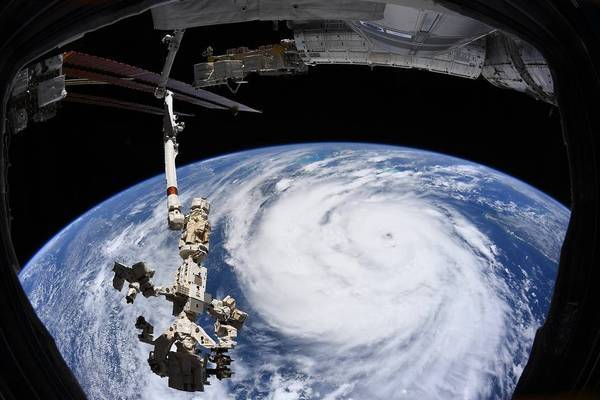
Hurricane Ida's extensive and unexpectedly lingering disruption to output in the Gulf of Mexico has been the single most important factor contributing to the surge in oil prices over the last month.
Damage to offshore installations has cut cumulative oil production by more than 30 million barrels since late August, according to statistics from the U.S. Bureau of Safety and Environmental Enforcement.
Production losses have fallen from a peak of almost 1.75 million barrels per day (bpd) immediately after the storm, but were still running at 0.25-0.30 million bpd last week.
Shell's offshore transfer facility West Delta-143 and Mars and Ursa oilfields have been among the most severely impacted, with some production losses expected to last into the first quarter of 2022 ("U.S. hurricane damage to cut Shell output through year-end", Reuters, Sept. 20).
As a result, U.S. petroleum inventories have fallen to 4.5-5.0% below the pre-pandemic five-year seasonal average, compared with a deficit of around 2.5% before the hurricane (https://tmsnrt.rs/3ma5k41).
The loss of output has boosted spot prices and calendar spreads as traders anticipate petroleum inventories will draw down faster through the remainder of the year and into 2022.
Before the hurricane, prices and spreads had been falling for two months, as the resurgence of coronavirus in North America, Europe and Asia was expected to postpone the recovery in long-haul passenger aviation.
The epidemic is still likely to hit oil consumption but any anticipated softening in the market has been offset by the hurricane-driven loss of production.
Brent's six-month calendar spread has ratcheted up into a backwardation of more than $4.30 per barrel this week, in the 96th percentile for all trading days since 1993, up from $2.33 (81st percentile) a week before the hurricane.
Front-month futures prices have climbed almost 5% over the past two months (a price change in the 59th percentile) compared with a decline of more than 11% (19th percentile) in the two months to Aug. 20.
With oil supplies expected to tighten, investors have anticipated and likely accelerated and exaggerated the shift by buying petroleum derivatives at a brisk pace.
According to position records, hedge funds and other money managers have purchased 129 million barrels of petroleum-related futures and options since Aug. 24, having previously sold 263 million since early July.
Prices are likely to remain elevated above their long-term inflation-adjusted average, and spreads tight, unless and until OPEC+ responds by increasing its own output, U.S. shale producers increase drilling, or the economic outlook deteriorates.